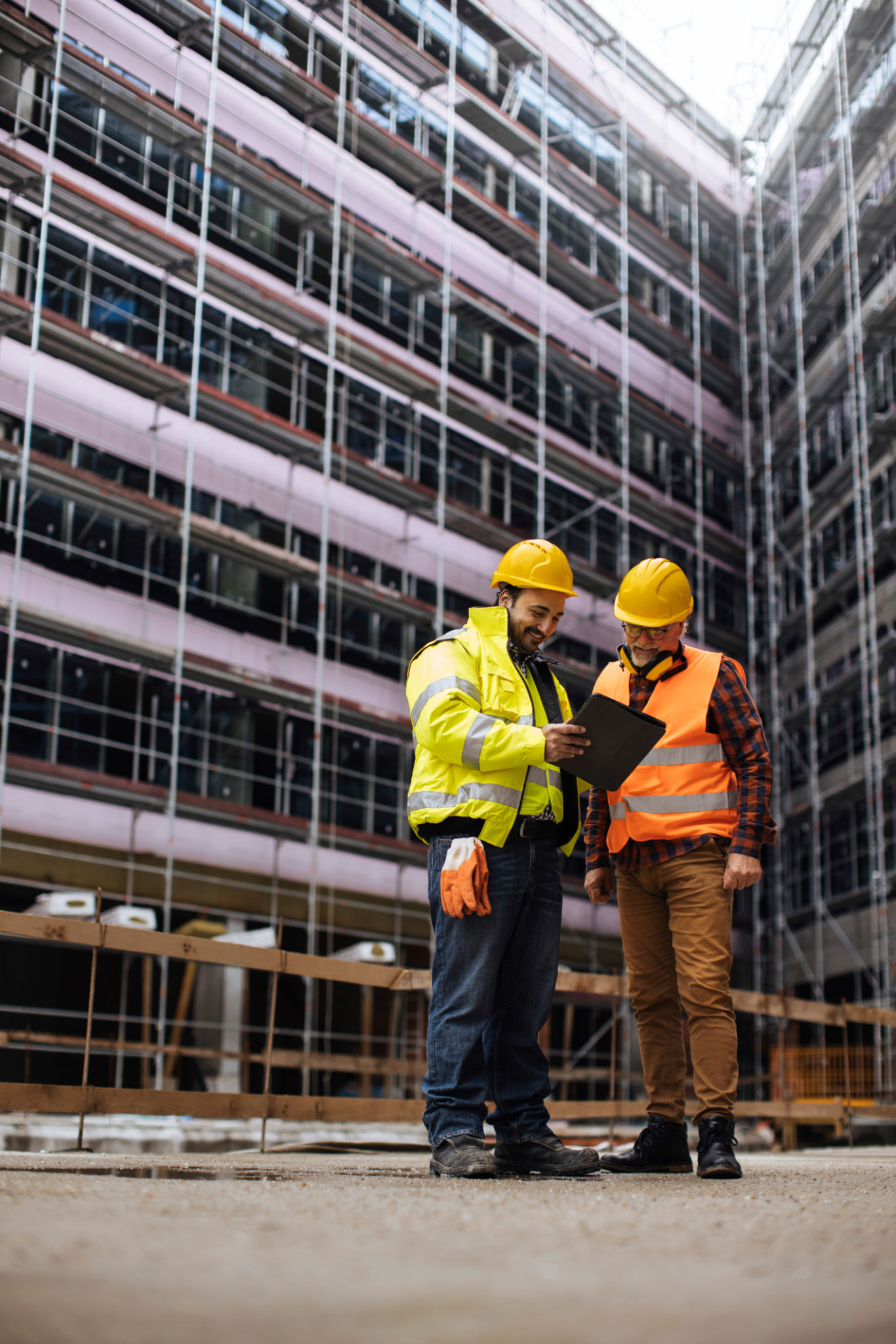Comparing Construction Techniques: Traditional vs. Modern Methods
Introduction to Construction Techniques
The construction industry has evolved significantly over the years, with advancements in technology and materials shaping the way buildings are designed and constructed. Understanding the differences between traditional and modern construction methods can help stakeholders make informed decisions about their projects.

Traditional Construction Methods
Traditional construction techniques have been used for centuries and are often characterized by their reliance on local materials and labor-intensive processes. Some common traditional methods include:
- Brick and Mortar: This involves using bricks or stones bonded with mortar to create strong, durable structures.
- Timber Framing: Utilizing wood as the primary structural material, timber framing is known for its flexibility and aesthetic appeal.
- Adobe: A method using natural materials like mud and straw, suitable for warm, dry climates.
These techniques are valued for their sustainability and cultural significance. However, they often require more time and labor compared to modern methods.
Modern Construction Techniques
Modern construction techniques have emerged in response to the need for faster, more efficient building processes. These methods often incorporate advanced technology and materials to enhance performance and reduce costs.

Some popular modern techniques include:
- Precast Concrete: Concrete elements are cast and cured in a controlled environment before being transported to the site, allowing for quick assembly.
- Modular Construction: Buildings are constructed in sections or modules in a factory setting, then transported and assembled on-site.
- 3D Printing: An innovative approach that uses a robotic printer to create building components layer by layer.
These methods offer benefits like reduced construction time, improved safety, and lower waste production.
Comparative Analysis
When comparing traditional and modern construction methods, several factors must be considered:
- Cost: Modern methods can be more cost-effective due to reduced labor and material waste.
- Sustainability: Traditional methods often use locally sourced, natural materials, whereas modern techniques may rely on energy-intensive processes.
- Speed: Modern techniques generally allow for quicker project completion.

Choosing the Right Method
The choice between traditional and modern construction methods depends on project-specific factors such as budget, location, and intended use. In some cases, a hybrid approach may be the most effective solution, combining elements of both to optimize performance.
Conclusion
Both traditional and modern construction methods have their unique advantages and challenges. By understanding these differences, project managers, architects, and builders can choose the best approach for their specific needs, ensuring successful and sustainable construction outcomes.
